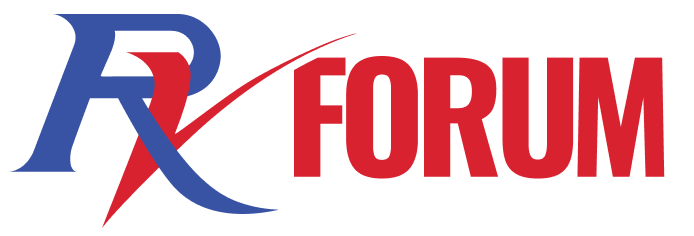Depending on which 35" tires you are looking at, some measure closer to 34" than 35" so a 33" tire will be less expensive and they will be close enough that it won't really matter.
Also the short wheelbase of the TJ has a good breakover angle so the only place to really benefit is from the differential clearance moreso than the frame clearance.
My son has 33" tires on his LJ which doesn't have quite as good of breakover angle by design but we installed a tummy tuck on it which helped immensely due to the fact that we removed about 3 inches of crossmember and skid plate that hung down underneath and tucked it all up nice and tidy to the body.
As a general rule of thumb, for every inch you can eliminate from the midpoint of your Jeep (breakover angle) you get the same net benefit as going up two sizes in tires.
I hope that helps and doesn't confuse you.
Also, on a side note it will also greatly depend on "how" you wheel. I know people who insist on running 40" tires so they can drive over anything, and I mean over it. They want total clearance. That is all well and wonderful but if you want street manners, you will be giving up or compromising with 40" tires on the street, not to mention the power to turn them.
The way I wheel I generally will place my tires directly on the rocks to make certain I do not drag a differential or catch anything such as a shock mount or something on the rocks. My son does the same, places the tires on the rocks rather than straddling them. Nothing right or wrong, just different off-road driving styles/techniques. I like to keep a fairly low center of gravity on a Jeep so it doesn't feel so "tippy" on off-camber situations and is still 100% streetable.
Mike.
 .
. 